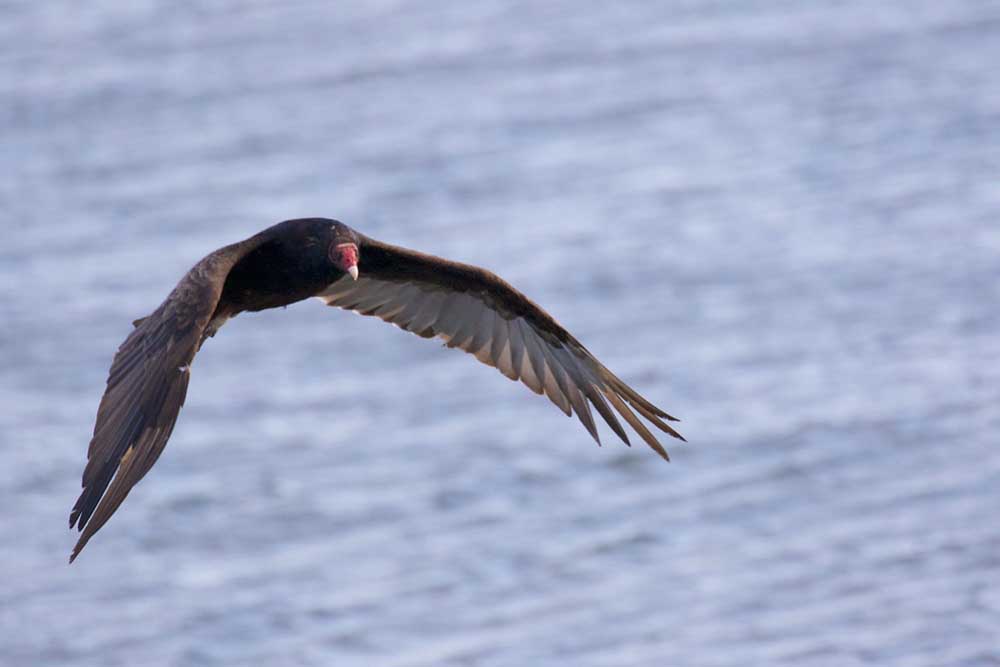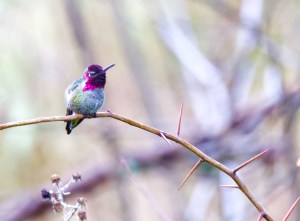Birdwatching Turkey vultures — the clean-up crew
Published 10:32 am Tuesday, July 21, 2015

- Birdwatching Turkey vultures — the clean-up crew
By Dr. Madeline A. Kalbach
Trending
For the Observer
Two noticeable things seem to be happening. First, carrion is plentiful right now. Crab parts, many still with crab meat inside, are finding their way to the beach along with fish carcasses, dead murres, fulmar and sea lions. Rock crevices are also harboring carrion that has been washed in by the tide. This phenomenon means the presence of large black birds with small, red, featherless heads. The clean-up crew is here!
Turkey vultures do their part to keep the ocean beach, the coastline and other areas in the Willapa National Wildlife Refuge clean. They clean up what is left after the gulls, eagles and other raptors have taken their share. Turkey vultures forage by soaring and finding carcasses using their extremely keen sense of smell. They have a wonderful immune system that protects them from the diseases associated with dead carcasses.
Trending
The turkey vulture is easily recognized by its large size, small red head and dark color, and by the fact that its flight is wobbly looking because it has a habit of rocking back and forth as it flies. The vulture holds its two-toned wing in a dihedral or V shape when flying. Hence, its nickname is TV.
Turkey vultures hang out on tree limbs, on rocks or on logs as they wait their turn at a carcass. When sitting they appear to be hunched over. They use their powerful beaks to tear apart the carrion, but do not use their feet because they are weak. These birds are common in all seasons of the year in the Refuge and environs except for winter when they leave for warmer climes.
Now is the time to see turkey vultures at their best. There are many of them here at the moment. Watch for the large birds with a small, red, featherless head soaring on the wind wherever there is carrion. It will be the clean-up crew!






